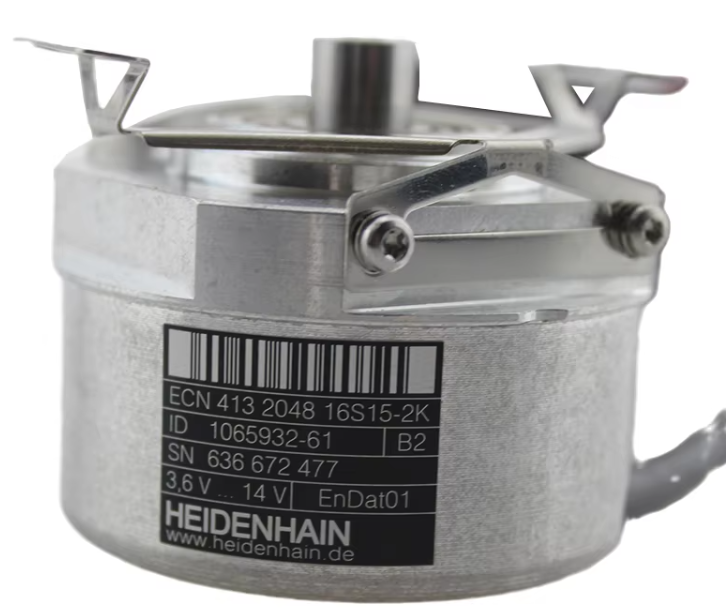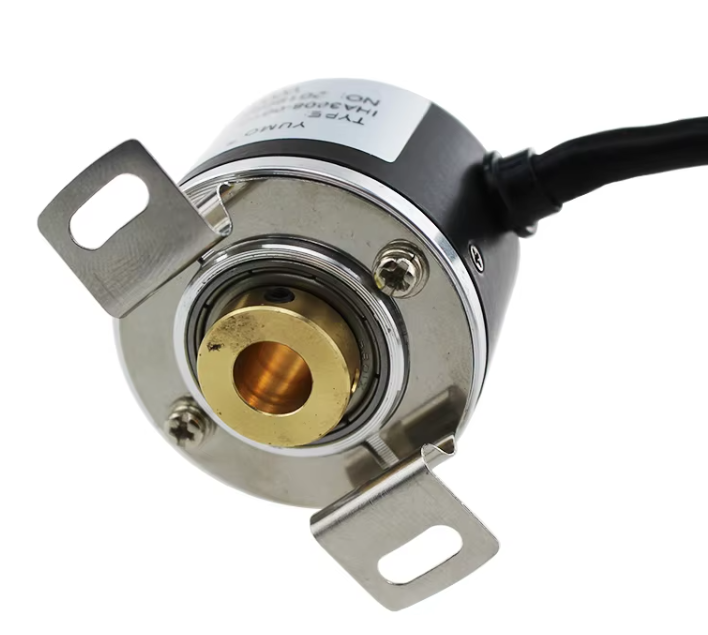Views: 11 Author: YUEQING YINGS IMPORT AND EXPORT CO.,LTD Publish Time: 2025-10-20 Origin: Site
1.What is the resolution of an encoder? How to express it?
Resolution refers to the minimum displacement unit that an encoder can detect.
For rotary encoders, resolution is generally defined as the unit or pulse measured by one revolution of the encoder, usually expressed in terms of PPR (number of pulses per revolution) or bits
The resolution of a linear encoder is often defined as the distance generated between two quantization units, typically given in micrometers (um) or nanometers (nm). For example:
Incremental encoder: represented by PPR. If the shaft rotates once, it outputs 2500 pulses, which is 2500 PPR.
Absolute encoder: expressed in bits. If the resolution is 16 bits per circle, that is, 2 ^ 16=65536 positions per circle.
Linear encoder: For example, 5um/pulse represents a linear displacement of 5 microns for each output pulse.
2.What is the accuracy of an encoder?
Accuracy is used to measure the magnitude of the reproducible average deviation between the actual value and the set value under normal circumstances. For rotary encoders, it is generally defined as arcseconds or arcminutes, while for linear encoders, the accuracy is generally in micrometers. It should be noted that high resolution does not necessarily mean high accuracy.
3.What are the functions of the A-phase, B-phase, and Z-phase signals of an incremental encoder?
A/B phase: Pulse counting and direction judgment (phase difference of 90 °). Z-phase: One pulse per cycle, providing a mechanical reference zero point for zeroing operations.
4.What is the response frequency of the encoder?
It refers to the highest frequency at which it can accurately output pulse signals. Beyond this frequency, the encoder may not function properly and the output signal may be distorted. For example, an encoder with a response frequency of 100kHz cannot accurately reflect the actual rotation situation when the input rotation speed is too high, resulting in a pulse frequency exceeding 100kHz.
5.How do we understand the "number of bits" and "number of circles" in an absolute encoder?
A "17 bit multi turn absolute value encoder" usually refers to a single turn resolution of 17 bits, which means 2 ^ 17=131072 positions/turn.



